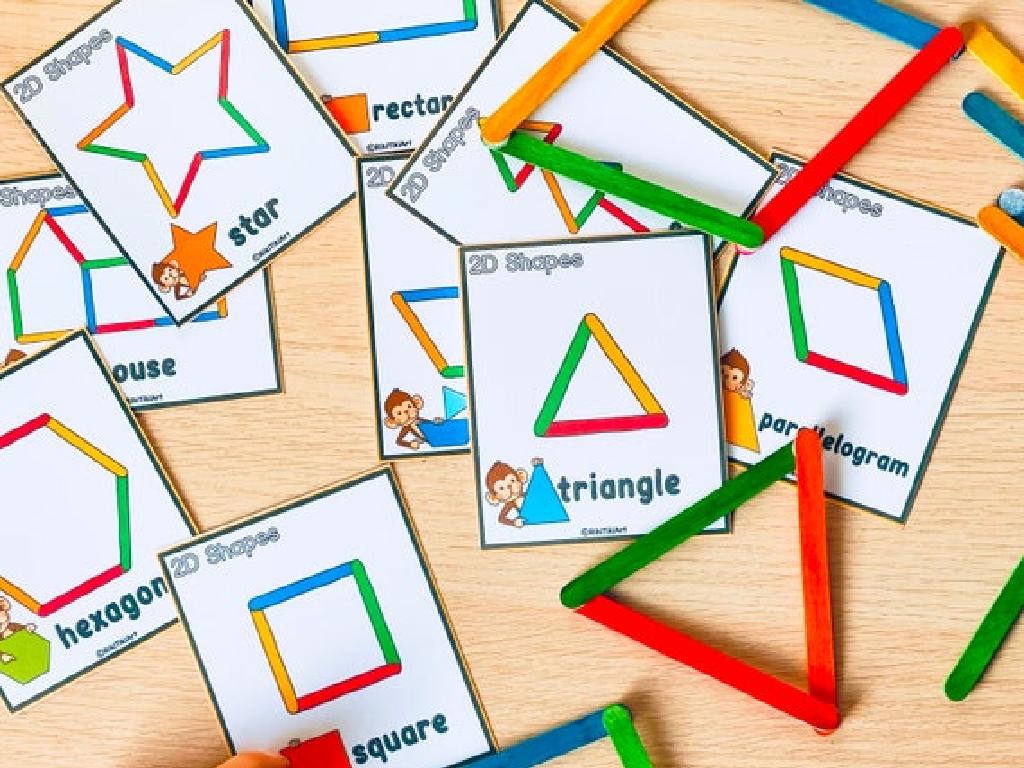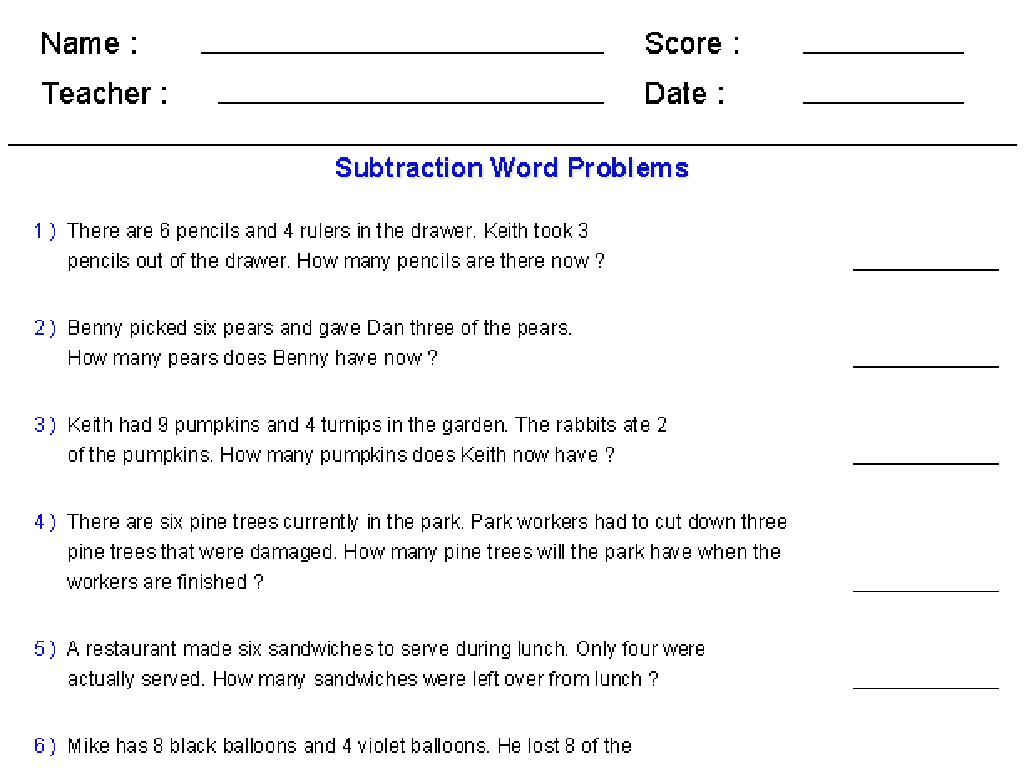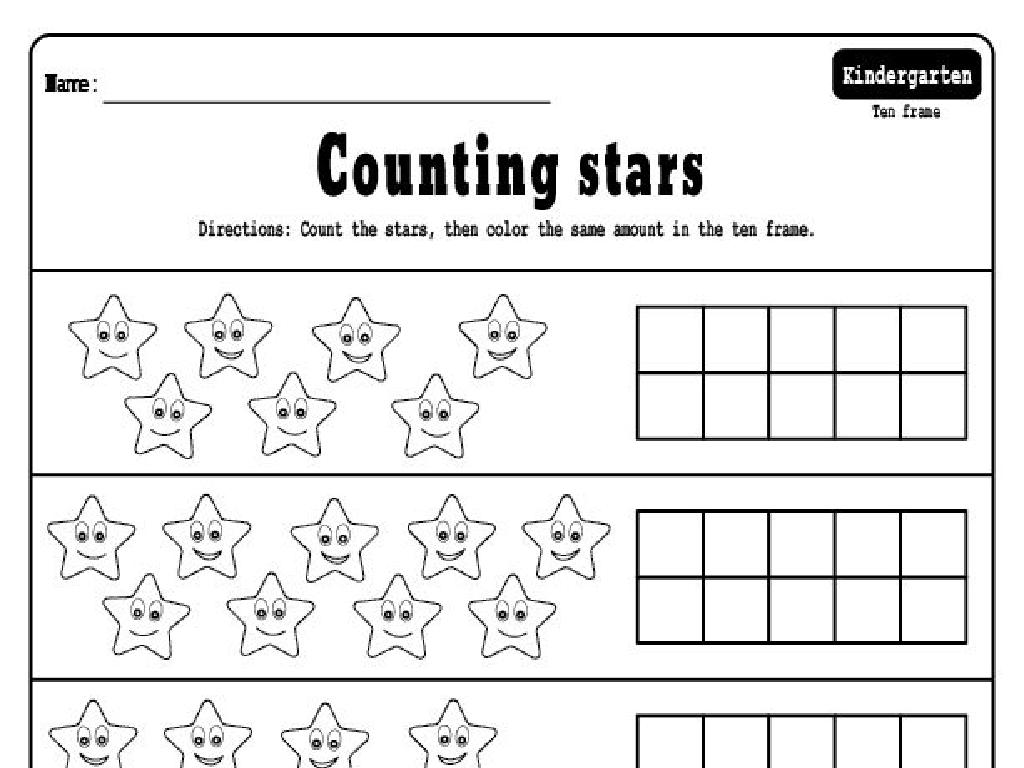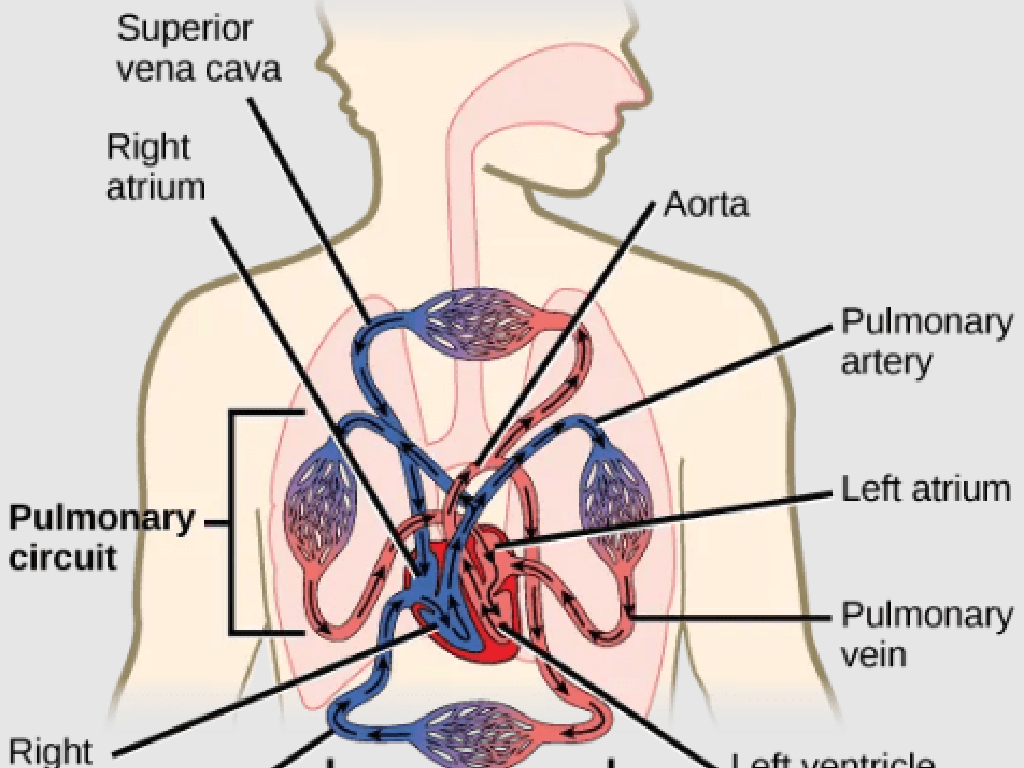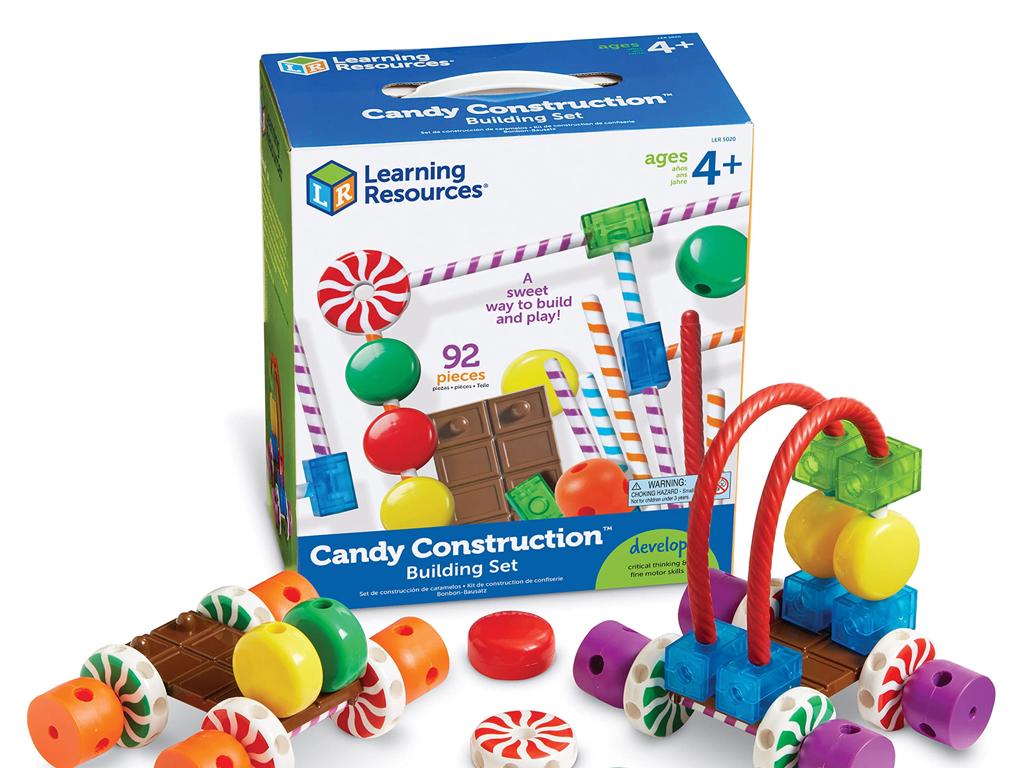Subtraction Sentences: True Or False?
Subject: Math
Grade: First grade
Topic: True Or False Equations
Please LOG IN to download the presentation. Access is available to registered users only.
View More Content
Becoming a Subtraction Superstar!
– What is subtraction?
– Taking one number away from another
– True vs False sentences
– Some subtraction sentences are true, some are not
– Spotting the difference
– Look for sentences that don’t make sense
– Practice makes perfect
|
Welcome students to the exciting world of subtraction, where they will learn to take away numbers and understand the concept of true or false subtraction sentences. Begin by explaining subtraction as the process of taking one number away from another. Introduce the idea that some subtraction sentences can be true (5 – 3 = 2) or false (5 – 3 = 4), and teach them how to spot the difference. Encourage the students to practice with various examples to reinforce their understanding. Provide plenty of practice problems and use visual aids like counters or number lines to help them visualize the subtraction process. Remember to praise their efforts as they become subtraction superstars!
Understanding Subtraction
– Subtraction means taking away
– Example with apples
If we start with 5 apples and eat 1, we have fewer.
– 5 apples – 1 apple
Subtract 1 apple from 5 apples
– We have 4 apples left!
After eating 1, 4 apples remain
|
This slide introduces the concept of subtraction to first graders by relating it to a simple and relatable activity – eating apples. Subtraction is explained as the process of taking away one number from another. Use the example of having 5 apples and eating 1 to visually and practically demonstrate subtraction, resulting in 4 apples left. Encourage the students to visualize the apples and the act of taking one away to help them understand the concept of subtraction. Ask the students if they have ever had a similar experience where they had a number of items and then had fewer after giving some away or using them. This will help them connect the concept of subtraction to their own lives.
True or False Subtraction Sentences
– Equations can be true or false
– ‘True’ means the math is right
– If 5 – 3 = 2, that’s true!
– ‘False’ means the math is wrong
– If 4 – 2 = 3, that’s false!
– Practice with examples
– Let’s try some together!
|
This slide introduces the concept of true or false equations in the context of subtraction for first graders. Begin by explaining that equations are like math sentences that can be correct (true) or incorrect (false). Use simple subtraction examples to illustrate the point. For instance, show that 5 – 3 equals 2, which is true, and then show an incorrect example like 4 – 2 equals 3, which is false. Encourage the students to participate by determining if the examples are true or false. Plan to have a few practice equations ready for the class to solve together, reinforcing the concept through repetition and engagement.
True Subtraction Sentences
– Understanding subtraction
– Example with balloons
– Starting with 3 balloons, 1 flies away, 2 are left
– Example with fingers
– Starting with 10 fingers, hide 2, 8 are seen
– Practice makes perfect
– Try with your own toys or snacks!
|
This slide is aimed at helping first graders understand the concept of subtraction by using relatable examples. Subtraction is taking away one number from another to see what’s left. Use everyday scenarios like balloons flying away or hiding fingers to illustrate this. Encourage the students to think of subtraction as a ‘minus’ action, where items are removed and we count what remains. After explaining the examples, ask the students to practice with objects they have, like toys or snacks, to create their own true subtraction sentences. This hands-on activity will reinforce their understanding of subtraction as they physically remove items and count the remainder.
Spotting False Subtraction Sentences
– Understanding subtraction
– Example with candies
– If we start with 4 candies and eat 2, we don’t have 3 left, because 4 – 2 equals 2, not 3.
– Example with days of the week
– We have 7 days in a week, not 2 left after counting 5, because 7 – 5 equals 2.
– Practice identifying false sentences
– Look at subtraction sentences and decide if they are true or false.
|
This slide is aimed at helping first graders understand the concept of false subtraction sentences. Start by explaining that subtraction means taking away and the result is how many are left. Use tangible examples like candies and days of the week to illustrate false statements. For instance, if you have 4 candies and eat 2, you only have 2 candies left, not 3. Similarly, there are 7 days in a week, so if 5 days have passed, there are only 2 days left, not 3. Encourage students to practice with similar examples and to explain their thinking. This will help them grasp the concept of subtraction and how to verify the accuracy of subtraction sentences.
Let’s Practice Together: True or False Subtraction
– I’ll show a subtraction sentence
– You tell me if it’s true or false
– Remember to count carefully
– Use your fingers or objects to help count
– Decide if the sentence is correct
– Think: Does the answer make sense?
|
This slide is designed for an interactive class activity where the teacher will present a subtraction sentence to the class, and the students will determine its validity. Encourage the students to use their fingers or objects like counters to help them subtract and verify the answer. Remind them to take their time and count carefully to ensure accuracy. The goal is to help students understand the concept of subtraction and to recognize when a subtraction sentence is true or false. Prepare several examples of subtraction sentences with varying levels of difficulty to cater to all students. Possible activities could include using flashcards, playing a true or false game, or having students create their own subtraction sentences for peers to solve.
True or False Subtraction Game
– Play with subtraction cards
– Use ‘True’ or ‘False’ cards
– Work with a partner
– Choose a classmate to team up with
– Decide if sentences are true or false
– Is 5 – 3 = 2 true or false?
|
This interactive class activity is designed to help first graders understand the concept of true or false subtraction sentences. Prepare cards with subtraction problems ahead of time. Each student will get a turn to pick a card and hold up a ‘True’ or ‘False’ sign depending on whether they think the subtraction sentence is correct. Encourage them to work with a partner to discuss their reasoning before deciding. This activity promotes teamwork and critical thinking. Possible variations of the activity could include using number lines, manipulatives like counters or blocks for visual aid, or having students create their own subtraction sentences for others to solve.
Becoming Subtraction Experts!
– Subtraction means taking away
– True sentences are our goal
– A true sentence has a correct answer, like 5 – 3 = 2
– Practice makes perfect
– The more you subtract, the better you’ll get!
– You’re doing great!
|
This slide is a conclusion to reinforce the concepts learned about true and false subtraction sentences. Emphasize to the students that subtraction is the process of taking one number away from another and that we always aim for our subtraction sentences to be true. Encourage them to keep practicing with different numbers to become more confident and skilled in subtraction. Celebrate their efforts and progress in understanding this fundamental math concept. Provide additional practice worksheets and suggest playing subtraction games to make learning fun and engaging.

